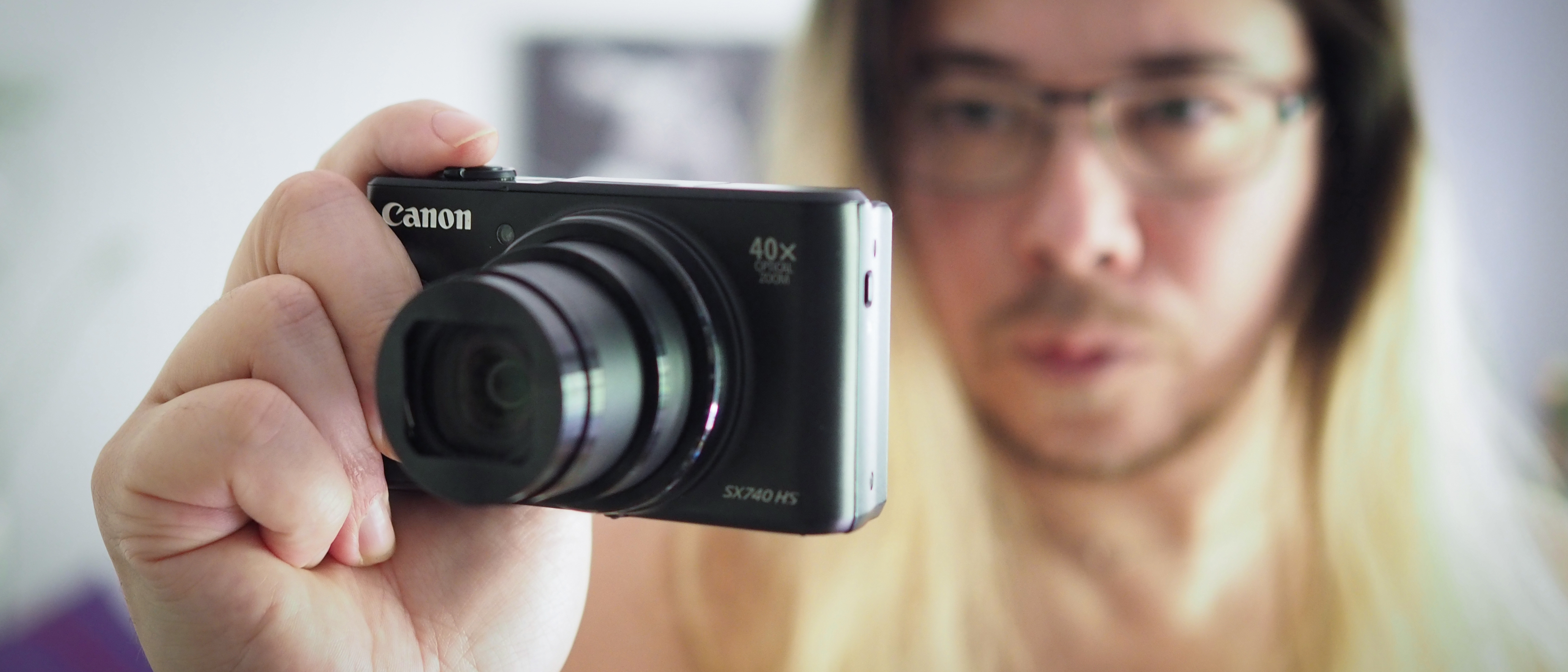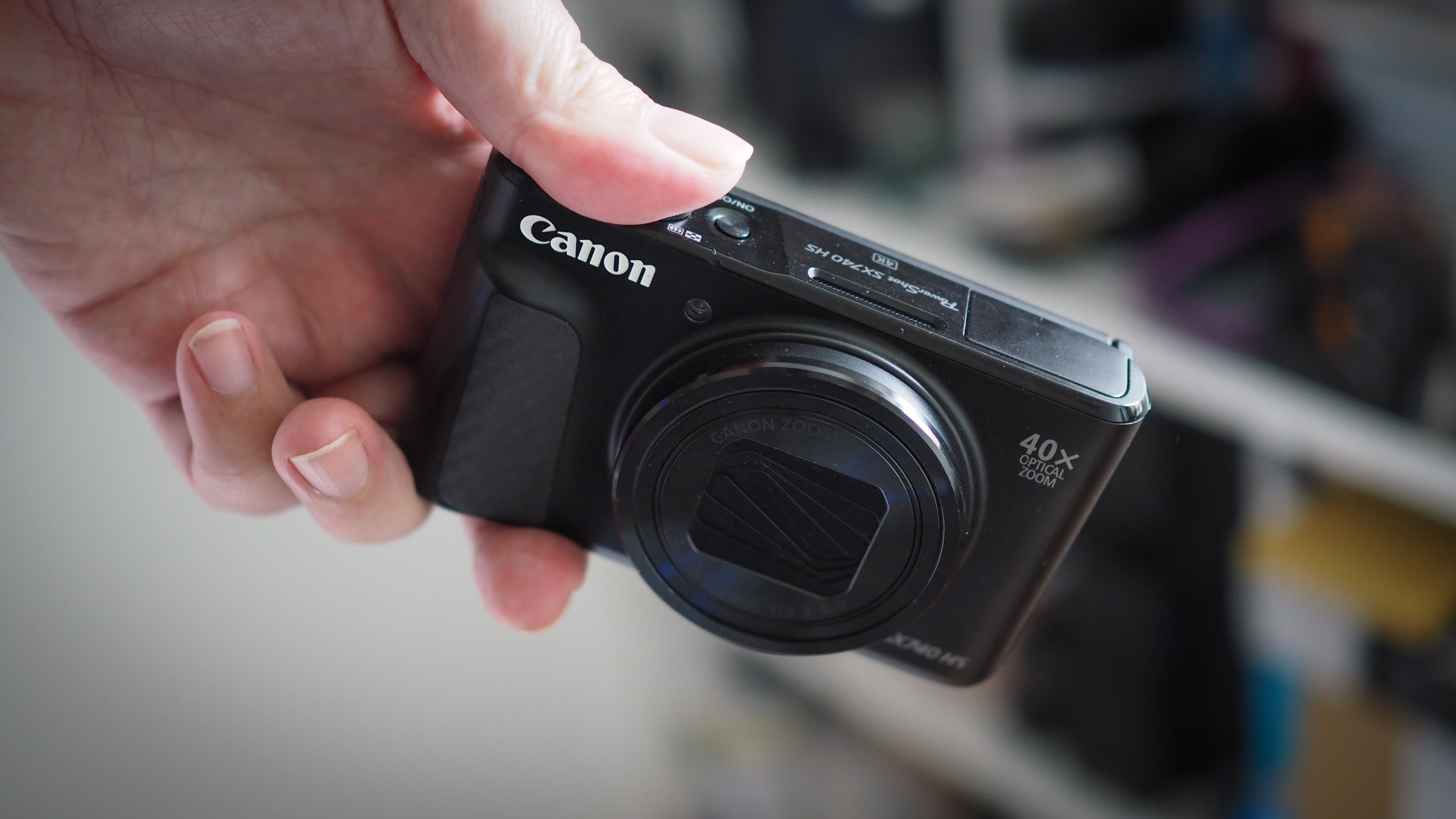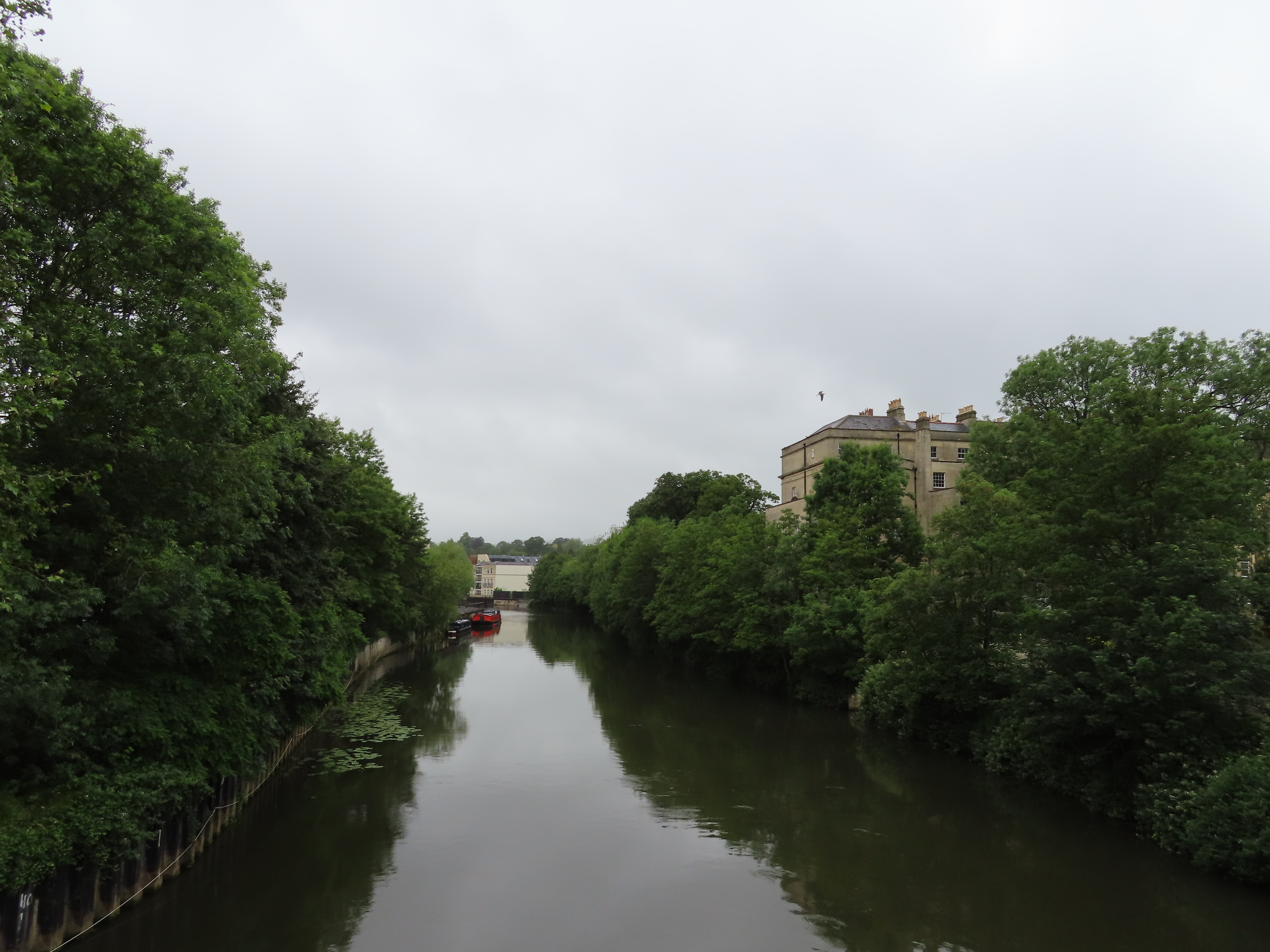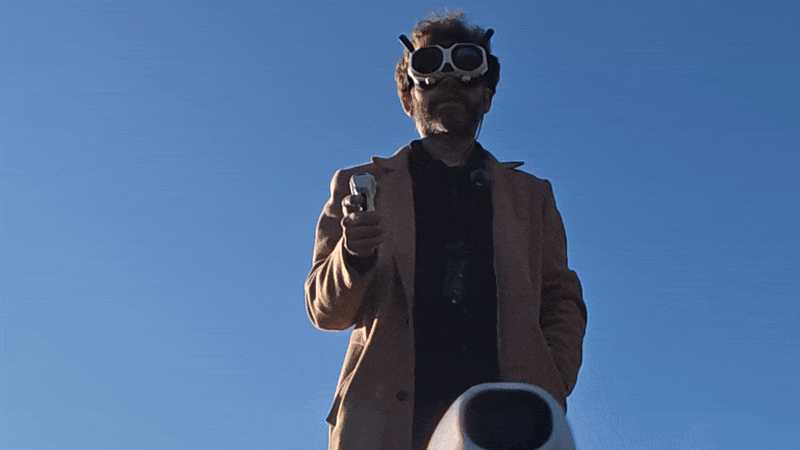Digital Camera World Verdict
If you're after a travel camera that's got all the zoom you could ever want, but won't eat into your baggage allowance, the Canon PowerShot SX740 HS / Lite is worth considering. Extras like 4K video broaden its appeal, as does its flip-up selfie screen – just don't go comparing image quality too closely to a well-specced camera phone, as you may be disappointed.
Pros
- +
40x optical zoom
- +
4K video
- +
Flip-forward screen
- +
Easy to use
Cons
- -
Image quality not brilliant
- -
Can be sluggish to take a photo
- -
No touchscreen or EVF
- -
Can't shoot in RAW
Why you can trust Digital Camera World
The Canon PowerShot SX740 HS may have been launched in 2018, but it's just as potent – and, more importantly, just as pocketable – a package as it ever was.
(Note that the Canon PowerShot SX740 HS Lite is a 2024 model that is identical to the standard Canon PowerShot SX740 HS with one exception: the newer version doesn't supports USB charging – instead you have to use the supplied battery charger. Other than that, everything else is exactly the same on both cameras.)
While many of the best compact cameras these days are focusing on sensor size and sheer image quality, the Canon PowerShot SX740 HS does what compacts are supposed to do (and what smartphones never could): put an incredible optical zoom range in the palm of your hand, perfect for travel and everyday photography.
And that's this camera's party trick: its 40x integrated zoom that gives you an equivalent focal range of 24-960mm in full frame terms. It even packs a pop-up flash and throws in 4K video for good measure – though if you're looking for a compact to shoot video, you should really check out the Canon PowerShot V1 as it's a creator's dream.
So just how good is the Canon PowerShot SX740 HS all these years later? Let's take a closer look.
Canon PowerShot SX740 HS / Lite: Specifications
Sensor: 20.3MP 1/2.3-inch-type CMOS (5.6x crop)
Lens: 4.3-172mm f/3.3-6.9 (24-960mm equiv)
Image stabilization: 5-axis, 3.5-stops
AF system: Contrast-detect
Image processor: Digic 8
Sensitivity range: ISO100-3200
Max burst: S-AF 10fps (59 shots), C-AF 7.4fps (127 shots)
Max video resolution: 4K 30p, FullHD 60p (30-min limit)
Monitor: 3-inch, 922k-dot LCD, 180° vertical tilting
Viewfinder: N/A
Flash: Yes, pop-up
Battery life: 265 shots
Memory card: 1x SD UHS-1
Connectivity: Micro USB (no charging for Lite), micro HDMI, WiFi, Bluetooth
Dimensions: 110.1 x 63.8 x 39.9mm
Weight: 299g (including battery and card)
Canon PowerShot SX740 HS / Lite: Features
The Canon PowerShot SX740 HS replaces the SX730 HS, with the only notable upgrades being the addition of 4K video recording and a new Digic 8 image processor.
The best camera deals, reviews, product advice, and unmissable photography news, direct to your inbox!
All other main specs and features remain the same (again, this is true of the identical Canon PowerShot SX740 HS Lite), including the 40x zoom lens that gives a hugely versatile focal range equating to 24-960mm – which is more than most compact cameras (including the recent Panasonic Lumix TZ99 / ZS99).
Five-axis optical image stabilization is included, which is essential for keeping your shots sharp when shooting at extreme focal lengths.
Canon's 20.3MP sensor is carried over from the SX730 HS and is starting to show its age, with its sensitivity range topping out at just ISO3200. There's also no ability to shoot photos in RAW, which is a pity on a camera that costs as much as an entry-level DSLR or mirrorless camera and does have manual and creative shooting modes.
The new Digic 8 image processor at least enables 4K video recording at 30p, and there's continuous stills shooting at 10fps (with locked AF). WiFi and Bluetooth connectivity mean there's wireless image sharing via your phone, and your phone's GPS can also be used to location tag your photos in conjunction with the Canon Camera Connect app.
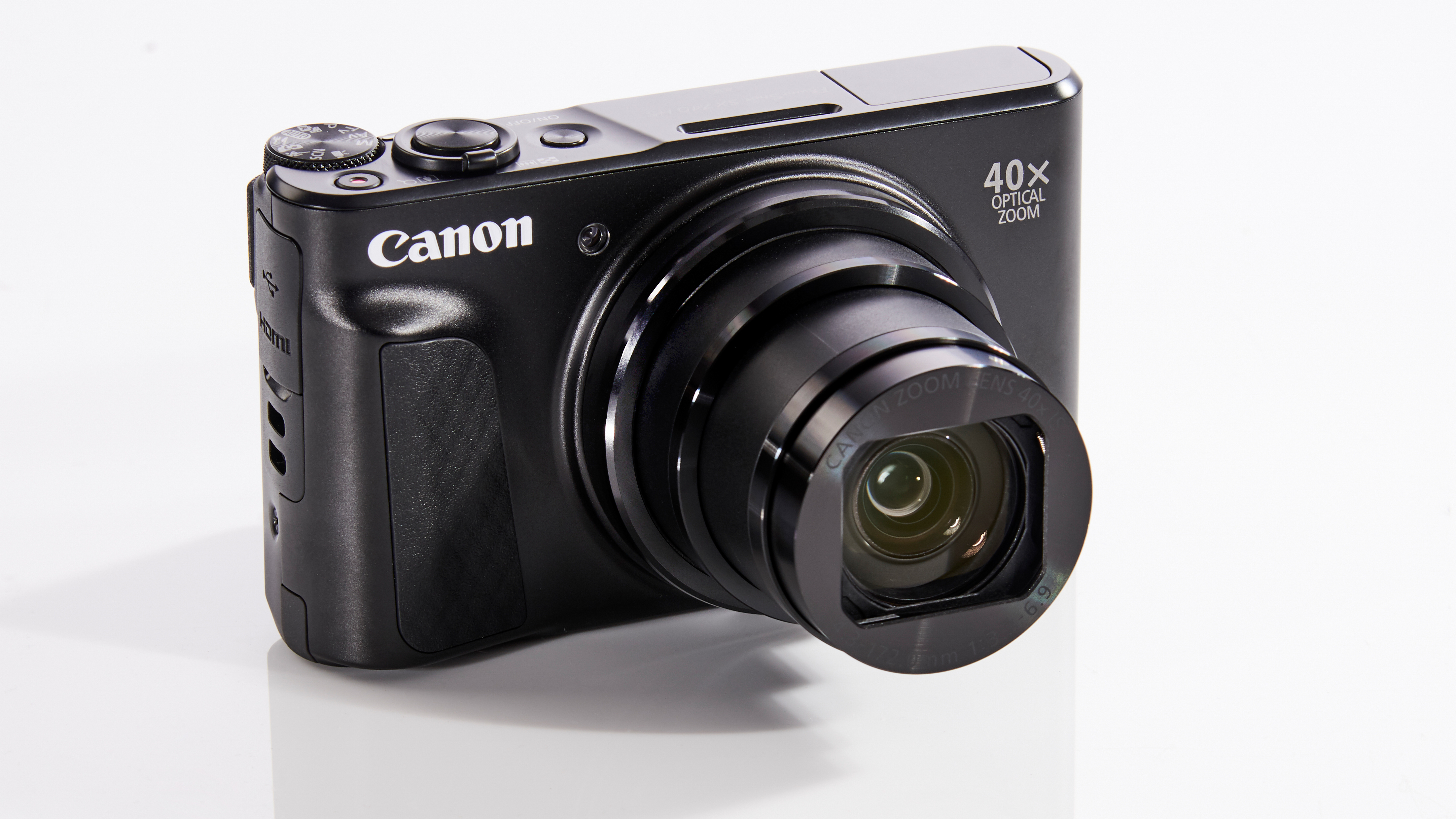
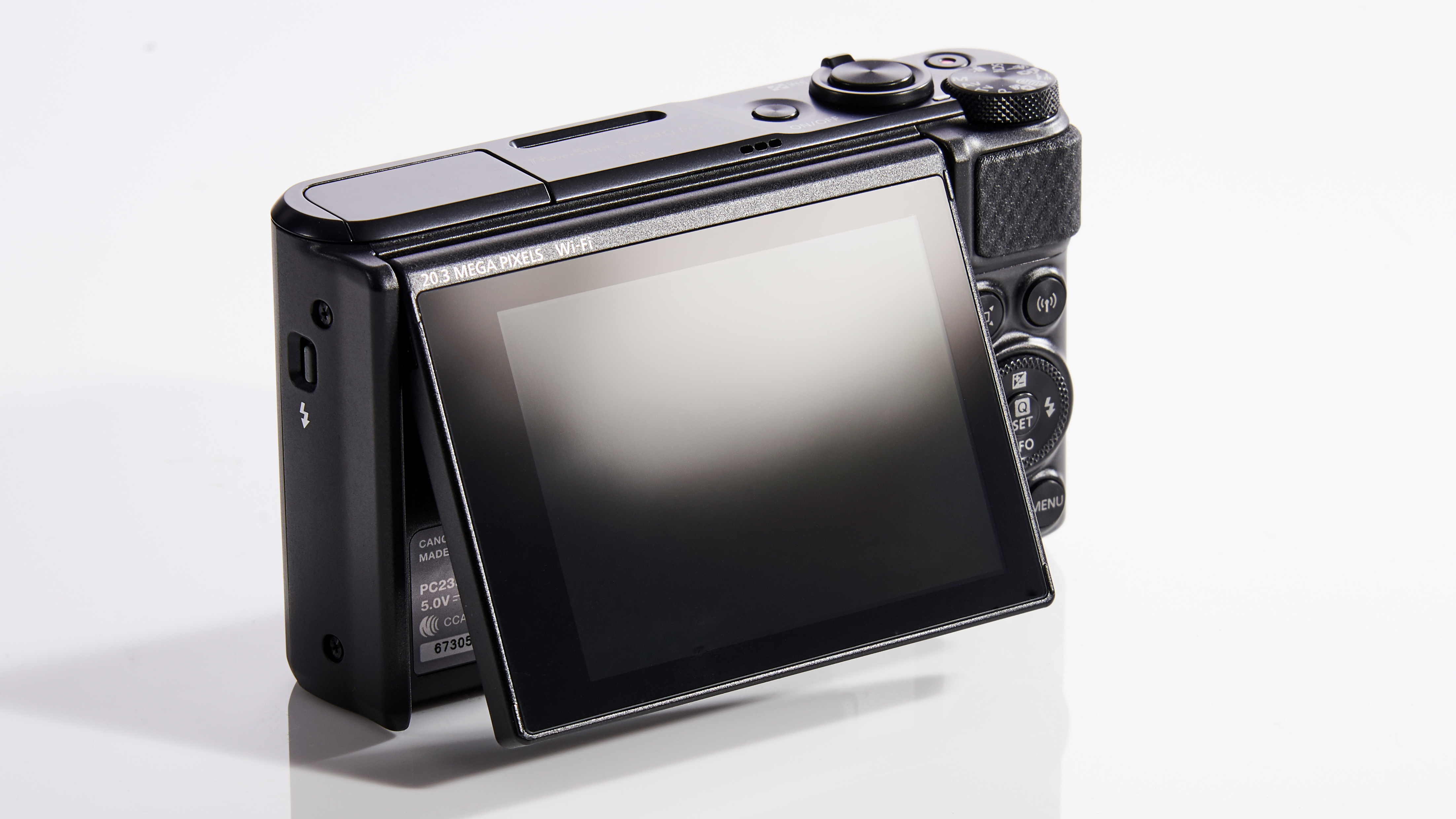
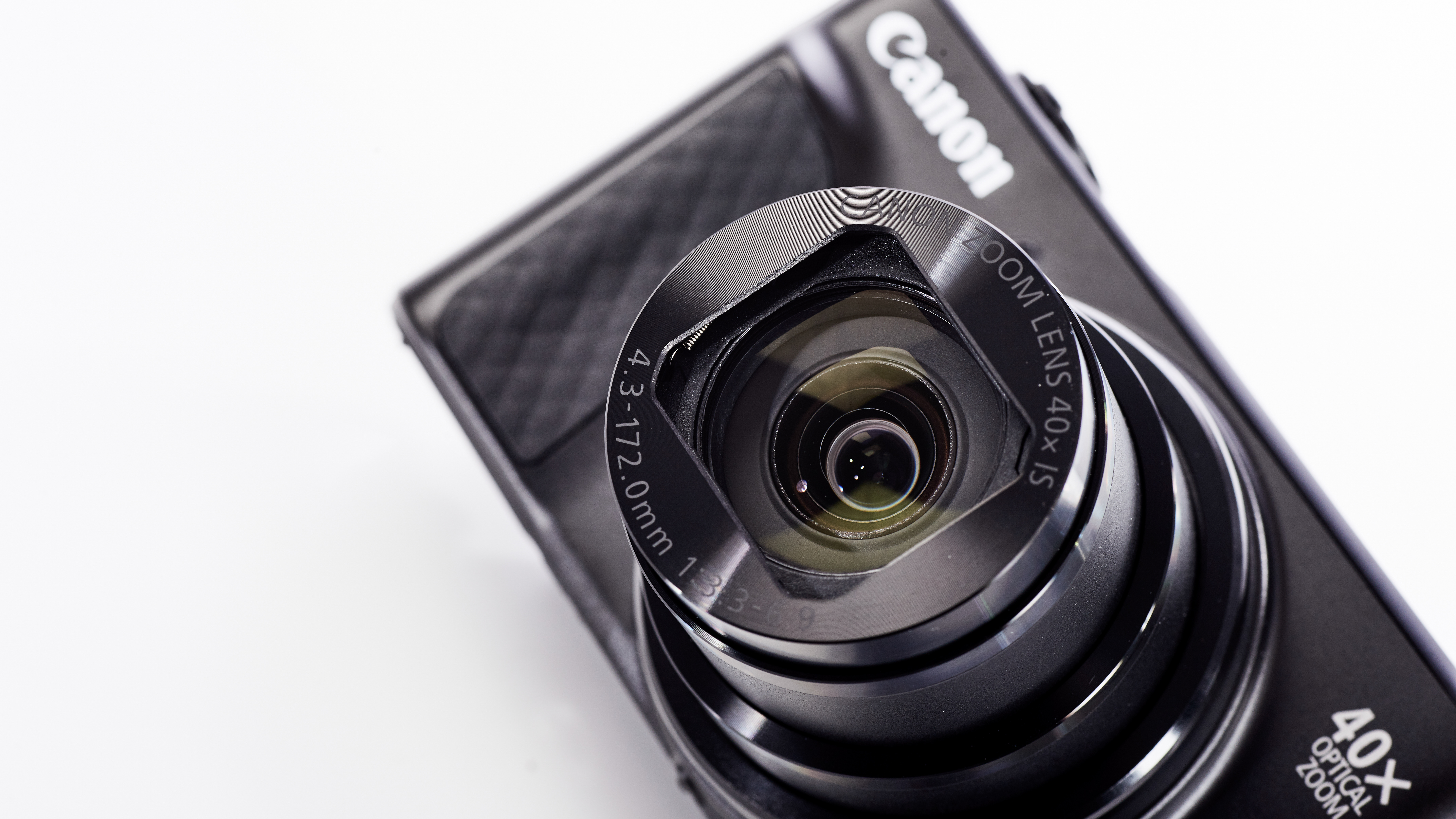
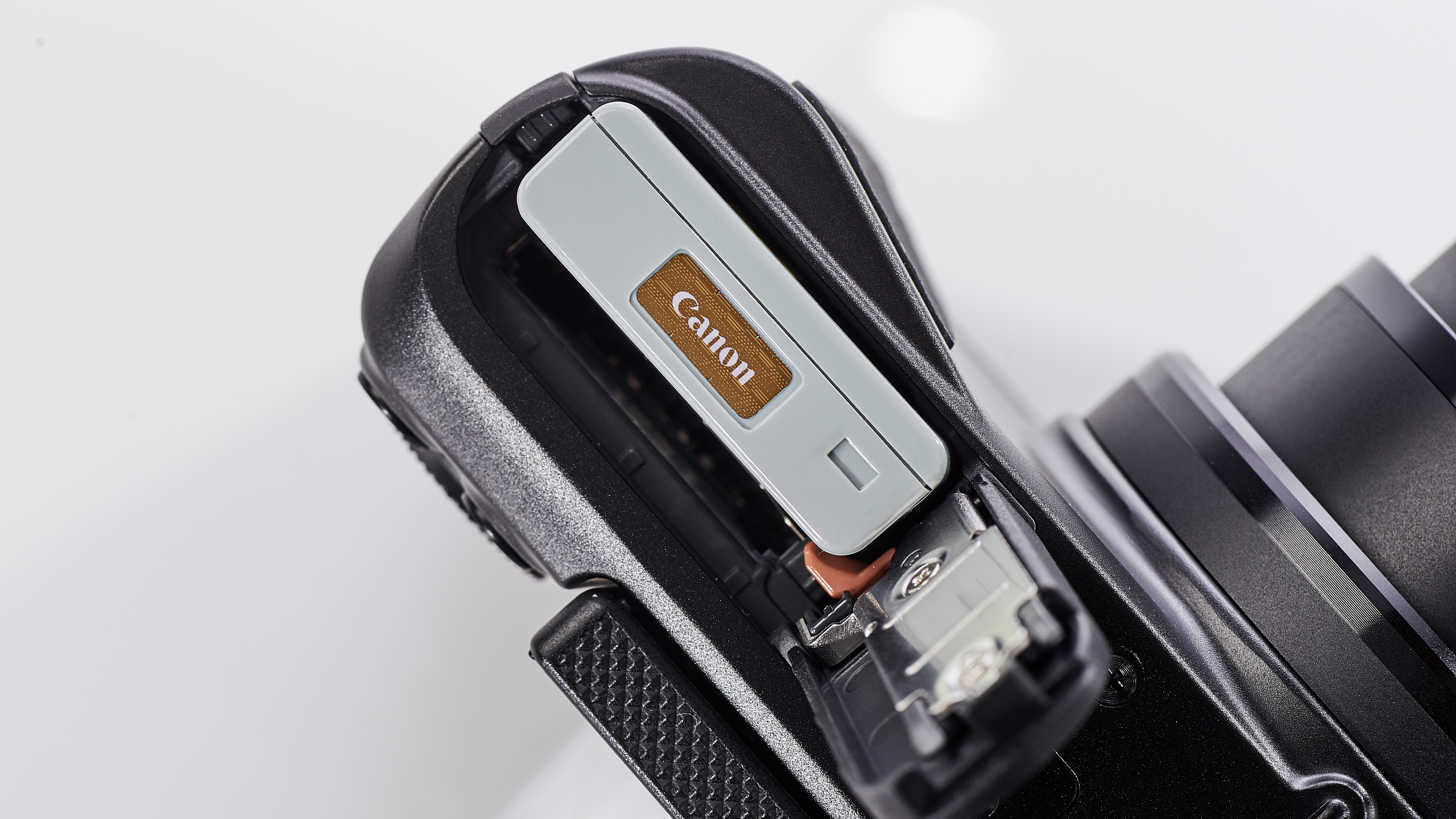
Canon PowerShot SX740 HS / Lite: Build & handling
The build quality of the Canon PowerShot SX740 HS is, well, fine. The body is predominantly plastic, and its design hasn't really changed since the SX720 HS from 2016. Again, the design is identical on the Canon PowerShot SX740 HS Lite version.
It doesn't feel like a particularly premium product, but neither is it flimsy or unpleasant. There are sizeable, grippy panels on the front and rear, and the camera feels comfortable and secure in the hand – refreshingly so if you're more accustomed to a slippery, wafer-thin smartphone.
Though the SX740 HS is primarily an easy-to-use point-and-shoot camera, Canon has fitted it with a dedicated mode dial enabling instant access to aperture and shutter priority modes, as well as a fully manual mode if you want to get really creative.
The mode dial can also be used to select special effects, including soft focus and skin-smoothing effects to enhance portrait shots, and fun effects like fish-eye distortion and a toy camera filter.
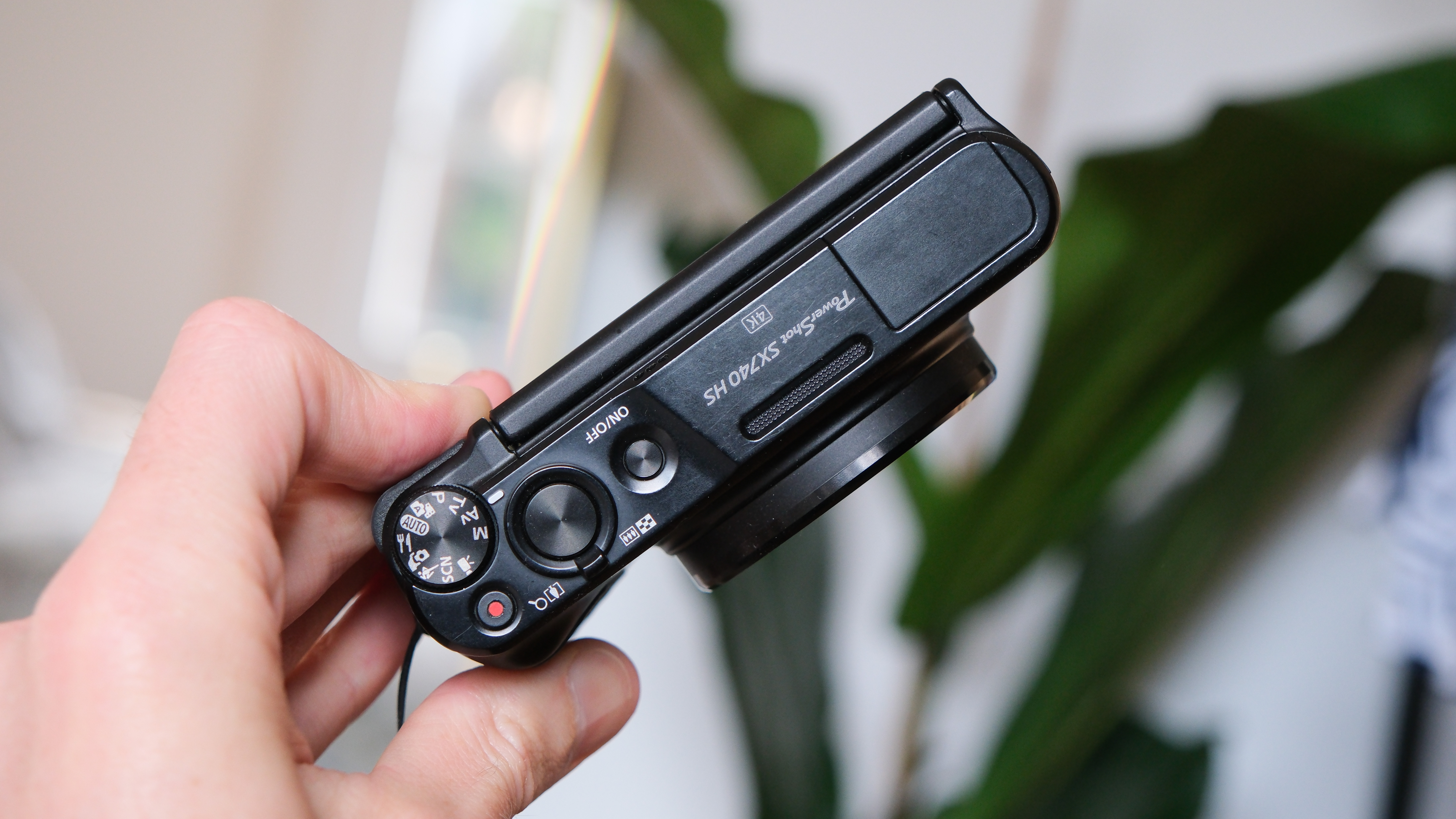
The 3-inch, 922k-dot LCD screen is bright and color-accurate. It's also able to flip up 180° and face forward for easy selfie shooting. However, it isn't touch-sensitive – so you don't get the ability to select a focus point with your fingertiprs, and you'll need to use the physical buttons on the rear panel to scroll through images.
The SX740 HS also lacks an electronic viewfinder – something that is included on some rival cameras. This is frustrating on very bright days when the main screen can be difficult to see, but it also means the camera can be slightly smaller.
What's more, the EVFs on competing compact cameras are a far cry from those on high-end mirrorless interchangeable lens cameras – the compact camera EVF tends to be very small at around 0.2-inches in size, and this makes them quite uncomfortable to use – especially if you wear glasses and your eye is therefore positioned slightly further back.
Canon PowerShot SX740 HS / Lite: Performance
There are no unpleasant surprises when shooting with the Canon PowerShot SX740 HS. It powers up fast and focuses quickly in most lighting conditions. Exposure metering is generally accurate and strikes a good balance between preserving highlight and shadow detail, but overall dynamic range is restricted and some higher contrast shots can look dull and uninspiring.
There is a slightly irritating delay between pressing the shutter button and an image being captured in Auto mode. I used a fast SD card during my testing, so this shouldn't have been the cause of the issue. It left me continually wondering whether I captured each shot in time.
Images are well saturated and generally easy on the eye. At longer zoom settings it's clear there is significant image processing going on behind the scenes, in order to maintain a sharp image and compensate for camera shake. Image quality is acceptable when zoomed right in, but shots are noticeably softer.
In low light the limitations of the small 1/2.3-inch sensor inside the SX740 HS become more evident, as the camera struggles to maintain fine detail in the face of increasing image noise.
The maximum sensitivity of ISO3200 is also low by current standards, but the Canon's optical image stabilization does help compensate for this and does a good job of ironing out camera shake.
However, if you're thinking about purchasing an SX740 HS for an upgrade in image quality from a modern flagship smartphone, think again. While the Canon has its advantages – ergonomics, huge zoom, etc – and it can snap a nice shot, you don't get the cutting-edge image processing that a powerful smartphone has to offer.
Images therefore lack the very fine detail and overall wow factor that a well-sorted phone camera with powerful HDR processing can offer.
Canon PowerShot SX740 HS / Lite: Sample images

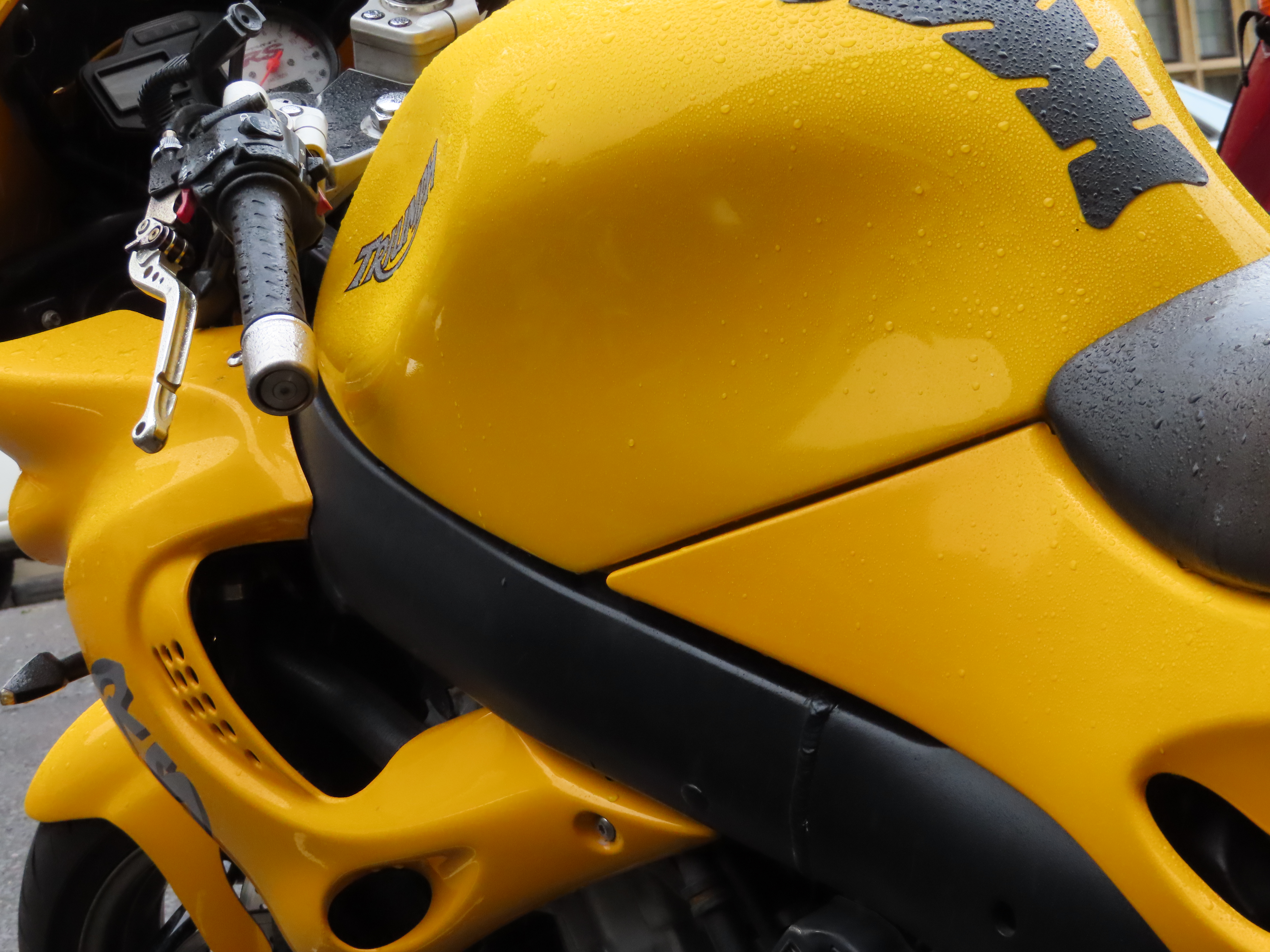
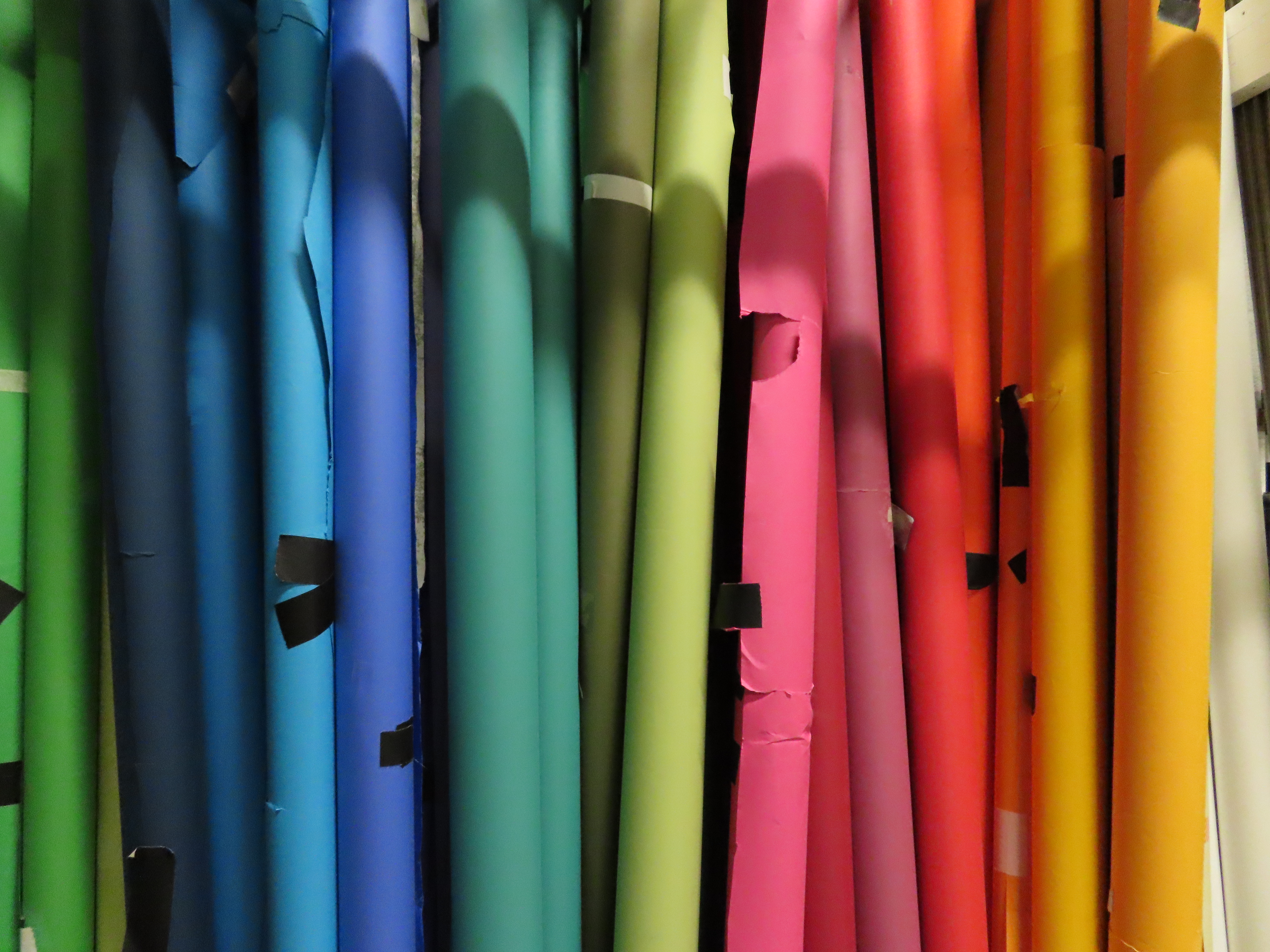
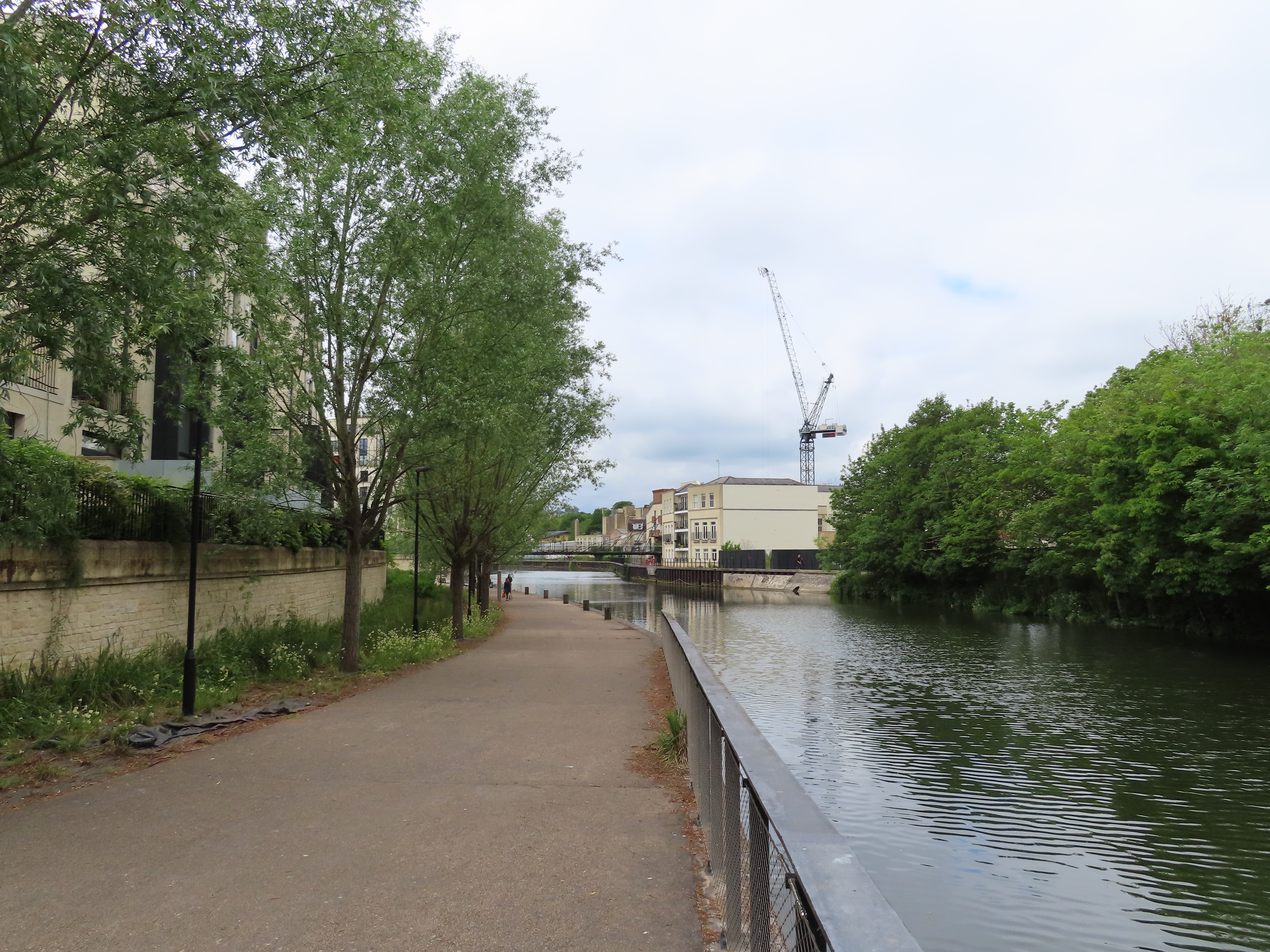
40x zoom in action
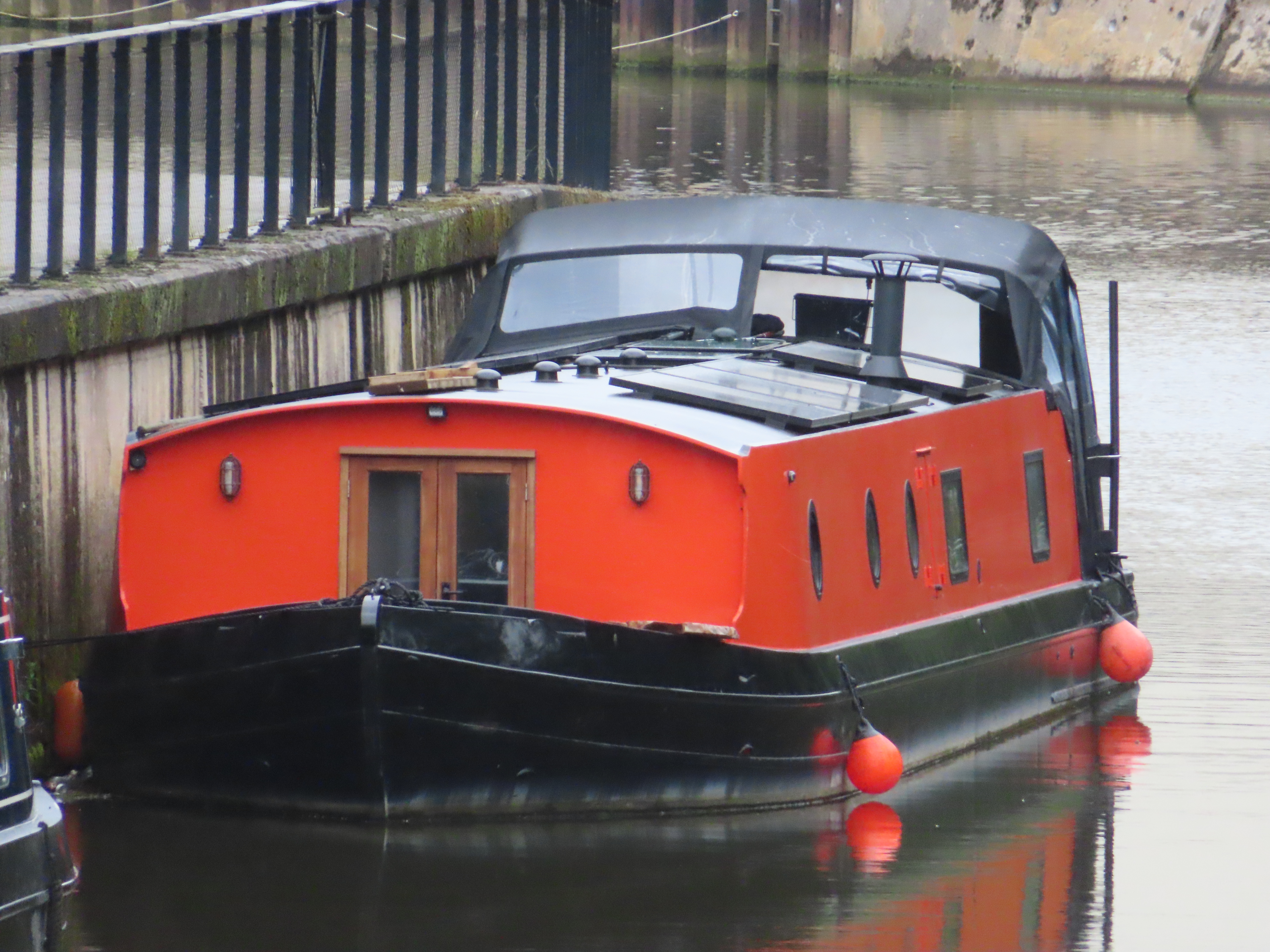
Canon PowerShot SX740 HS / Lite: Verdict
If you're after a versatile, long-zoom travel camera, the Canon PowerShot SX740 HS doesn't disappoint – but neither will it amaze you. It does everything quite well, but aside from the huge zoom range, there's little to get excited about.
Performance is perfectly adequate, but a current top-end camera phone will trounce it for wide-angle image quality. Although in fairness, the latter is applicable to any current small-sensor compact camera – most of which are just subtly refreshed versions of older cameras and are based on ageing core technology.
Canon isn't pushing the boundaries here, even in the context of rival compacts. The omission of a touch-sensitive screen stings, and the lack of RAW image capture and an electronic viewfinder also looks bad on paper.
But I accept that many users are unlikely to purchase a camera like this in order to shoot RAW, and viewfinders in this segment are more of a token marketing extra than a truly useful feature – especially for an audience that is likely far more comfortable shooting from the rear screen, smartphone-style.
In all, the Canon PowerShot SX740 HS makes an excellent everyday carry and is an ideal travel camera for your next vacation or family outing. However, if image quality is your top priority, a larger-sensor option will deliver significantly better results.
Ben is the Imaging Labs manager, responsible for all the testing on Digital Camera World and across the entire photography portfolio at Future. Whether he's in the lab testing the sharpness of new lenses, the resolution of the latest image sensors, the zoom range of monster bridge cameras or even the latest camera phones, Ben is our go-to guy for technical insight. He's also the team's man-at-arms when it comes to camera bags, filters, memory cards, and all manner of camera accessories – his lab is a bit like the Batcave of photography! With years of experience trialling and testing kit, he's a human encyclopedia of benchmarks when it comes to recommending the best buys.
- James ArtaiusEditor in Chief
You must confirm your public display name before commenting
Please logout and then login again, you will then be prompted to enter your display name.
